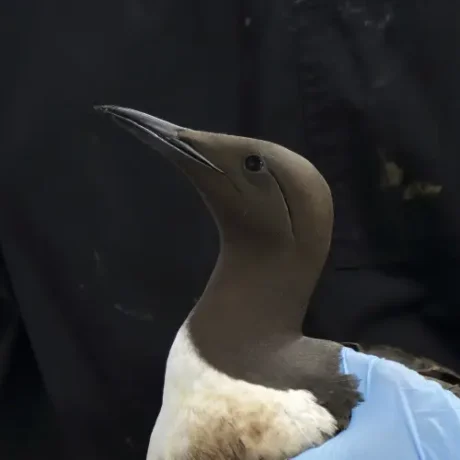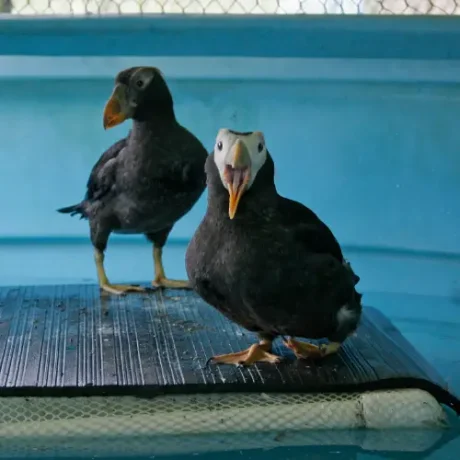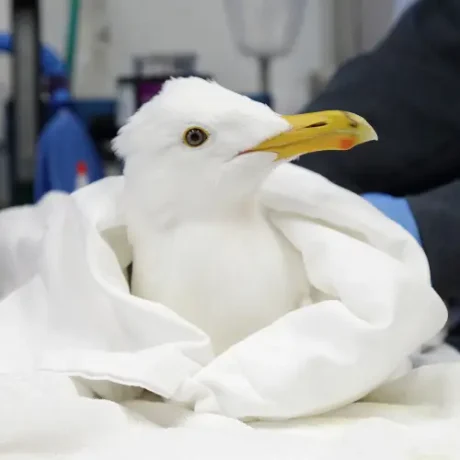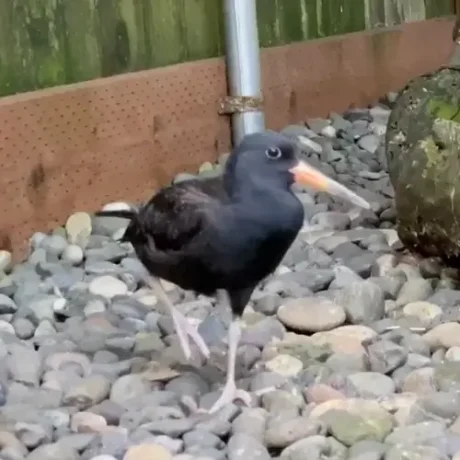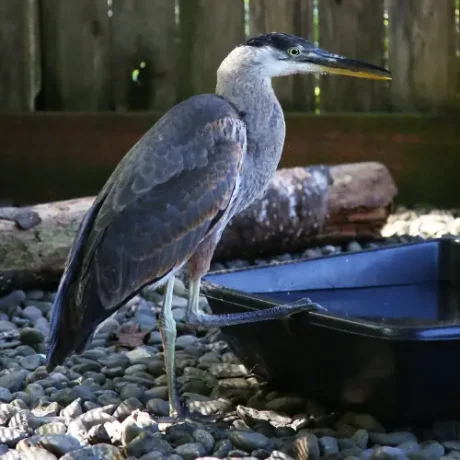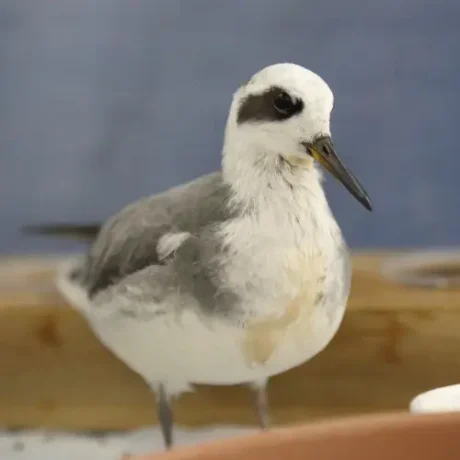Protecting Oregon’s Wildlife, Together
They Need Our Help.
From seabirds and raptors to otters and owls, we give injured and orphaned wildlife a second chance at life in the wild. Your support makes this work possible—help us protect Oregon’s wildlife by making a gift today.

